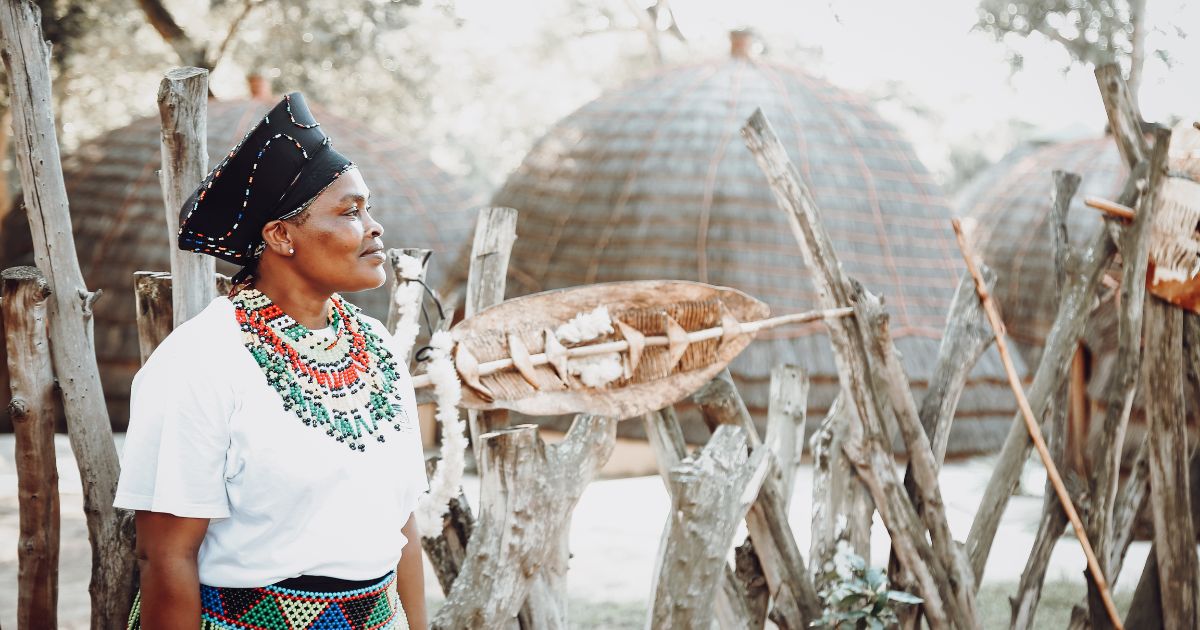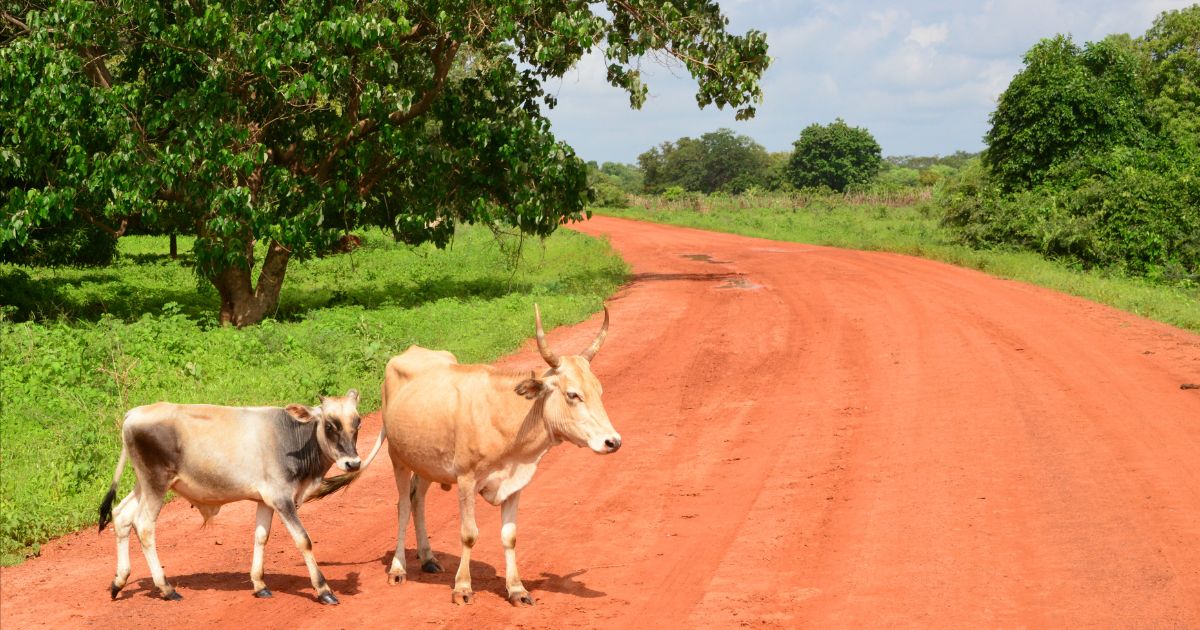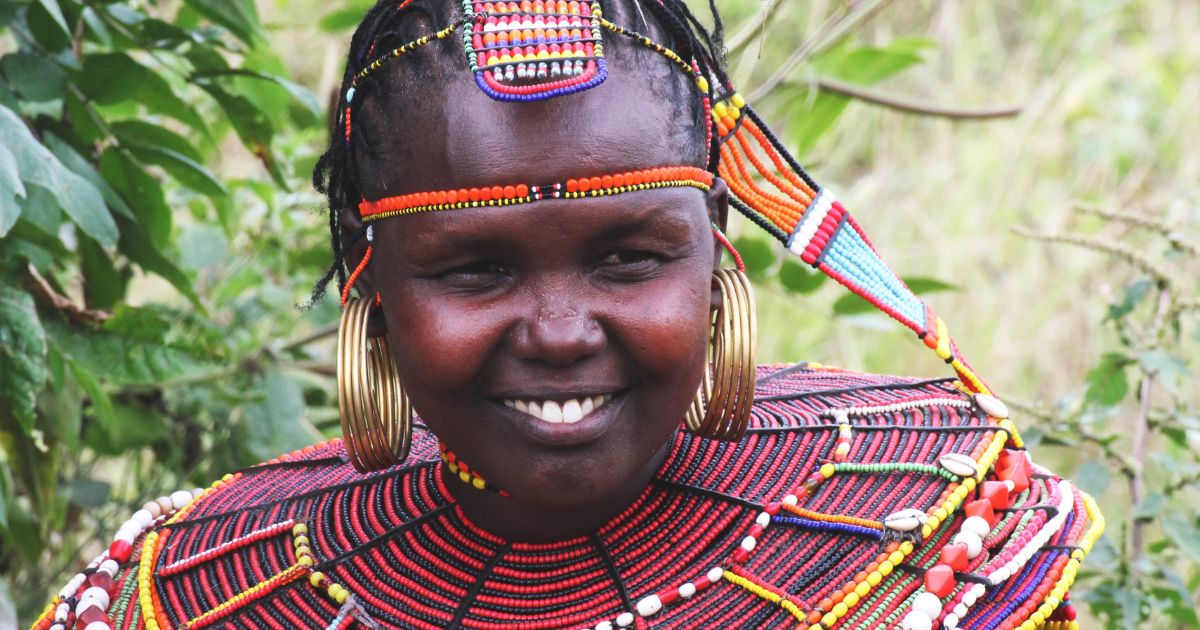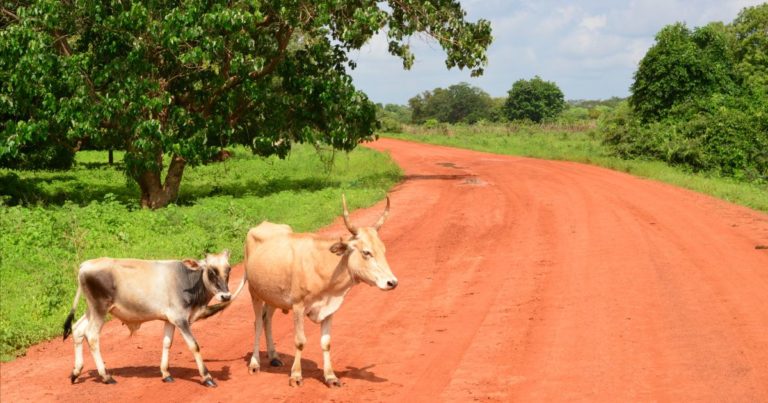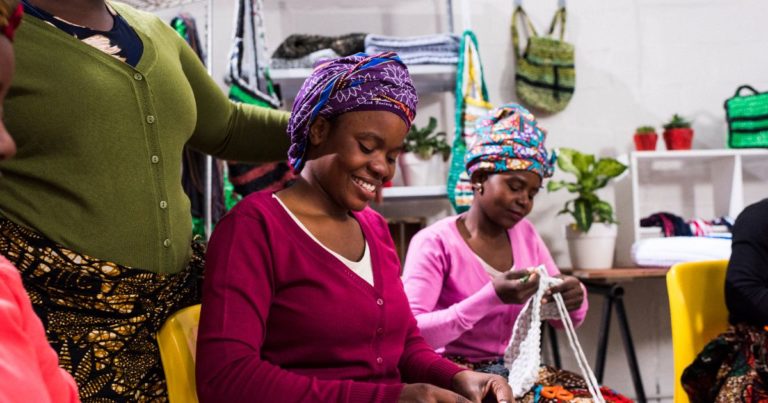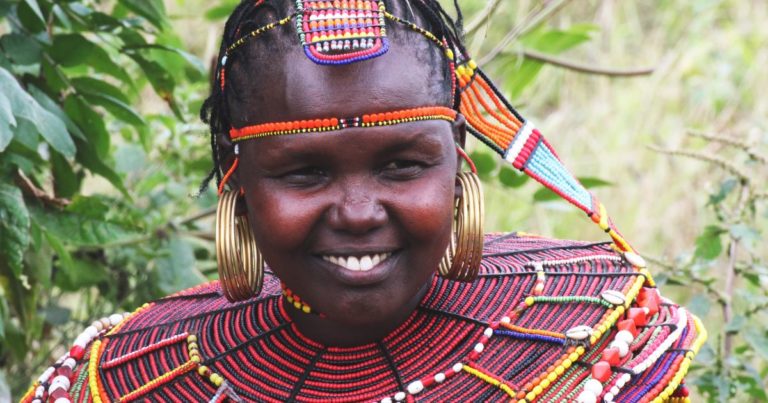Cultural Tourism in the SADC: Opportunities and Challenges
The Southern African Development Community (SADC) is a region with a rich cultural heritage, including traditional practices, music, dance, art, and architecture. Cultural tourism offers an opportunity to showcase this heritage to visitors, while also creating economic opportunities for local communities. However, cultural tourism also presents challenges, particularly in terms of balancing economic development with cultural preservation.
Table of Contents
Opportunities for Indigenous and Local Communities
Cultural tourism has the potential to bring significant economic benefits to indigenous and local communities in the SADC. By showcasing their cultural heritage to visitors, communities can generate income through the sale of goods and services, such as handicrafts, traditional food, and guided tours. In addition, cultural tourism can provide opportunities for community members to share their knowledge and skills, and to take pride in their cultural heritage.

For example, in Zimbabwe, the Matobo Hills Cultural Landscape has been designated as a UNESCO World Heritage Site. This area is home to the San people, who have been practicing their traditional culture and way of life for thousands of years. Cultural tourism has provided opportunities for the San people to share their culture with visitors, while also generating income and creating jobs in the local community.
Challenges of Balancing Economic Development and Cultural Preservation
While cultural tourism presents economic opportunities, it also presents challenges in terms of balancing economic development with cultural preservation. One challenge is the potential for cultural commodification, in which cultural practices and traditions are reduced to products for sale to tourists. This can result in a loss of cultural authenticity and integrity.
Another challenge is the potential for cultural appropriation, in which visitors may appropriate cultural practices or artifacts without proper understanding or respect for their significance. This can result in cultural erasure or exploitation, particularly for indigenous communities who may have experienced historical trauma or oppression.
Finding a balance between economic development and cultural preservation requires careful planning and engagement with local communities. It is important to involve community members in the planning and implementation of cultural tourism initiatives and to ensure that cultural heritage is respected and protected. This can involve measures such as developing codes of conduct for visitors, ensuring that local communities benefit directly from tourism revenue, and prioritizing community-led initiatives.
Conclusion
Cultural tourism presents both opportunities and challenges for indigenous and local communities in the SADC. While it has the potential to generate economic benefits and promote cultural heritage, it also presents challenges in terms of balancing economic development with cultural preservation. By engaging with local communities and prioritizing community-led initiatives, it is possible to create a sustainable and respectful approach to cultural tourism that benefits both visitors and local communities.


